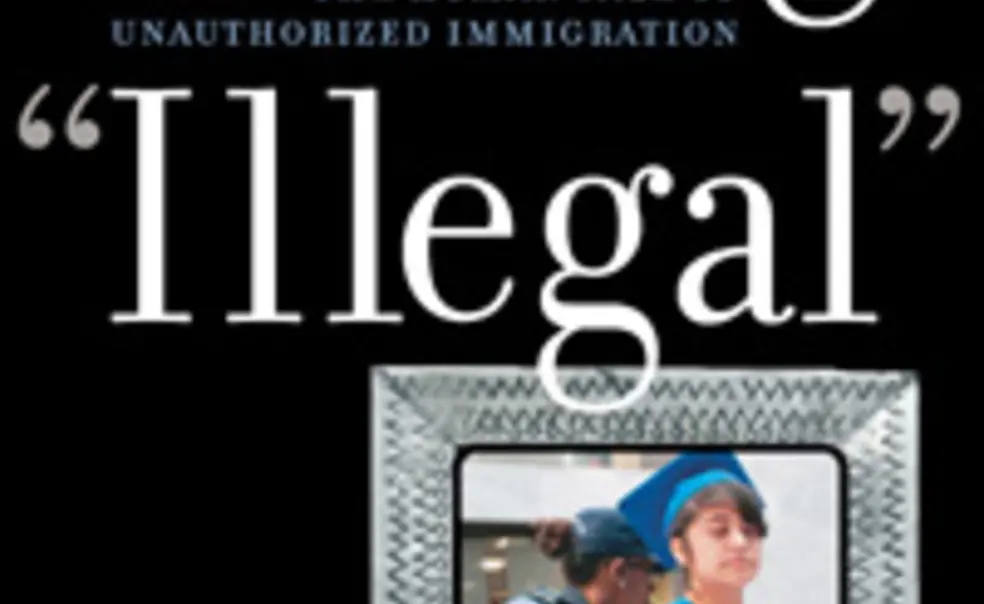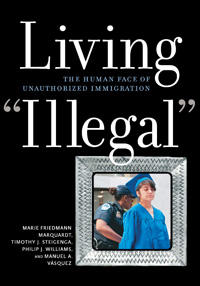Marquardt '94 explores the daily lives of 'illegal' immigrants
New book: Living “Illegal”: The Human Face of Unauthorized Immigration, by Marie Friedmann Marquardt ’94, Timothy J. Steigenga, Philip J. Williams, and Manual A. Vásquez (The New Press)
The authors: A cultural anthropology major at Princeton, Marquardt teaches religious studies, sociology, and women’s studies at Agnes Scott College in Decatur, Ga. The co-author of Globalizing the Sacred: Religion Across the Americas (2003), she also has published articles on religion, gender, and civic participation of Mexican immigrants in the U.S. South. Marquardt is an advocate for immigrants and helped to organize the Catholic Archdiocese of Atlanta’s “Justice for Immigrants” campaign. Steigenga is a professor of political science at the Wilkes Honors College of Florida Atlantic University. Williams is the director of the Center of Latin American Studies and Vásquez is a professor of religion at the University of Florida.
The book: The authors aim to get beyond the polarizing debates over immigration and the “highly charged stereotypes that have become associated with the term ‘illegal,’” they write, by shedding light on the daily lives of unauthorized immigrants in America. Based on years of work in immigrant communities, the authors paint vivid portraits of immigrants as they work, go to school, build families, and contribute to their communities. The authors also explore the tensions that emerge in local communities where immigration has rapidly increased and the ways that religious groups and advocates have solved community problems. “The reality on the ground is far more complex than the stereotypes and myths that pervade public discourse on immigration reform,” they write.
Opening lines: “‘Waves of illegal aliens swarming across our border, joining violent gangs, forcing families to live in fear.’ As the narrator speaks, a crowd of dark figures passes through a hole in the soaring fence. Crouching low and holding flashlights, they grin as they move furtively beyond it. The fence gives way to a shadowy alley, where a group of young men dressed in the fashion of gang members advances menacingly. The television advertisement continues, and these images, intended to portray ‘illegal aliens,’ are juxtaposed with images that aim to portray American citizens.”
Review: Publishers Weekly wrote, “In its compassionate and well-reasoned exploration of why migrants come to the U.S. and how they integrate into American society, this book appeals to what Lincoln called ‘the better angels of our nature’ and makes a well-reasoned case for a more humane immigration policy.”













No responses yet